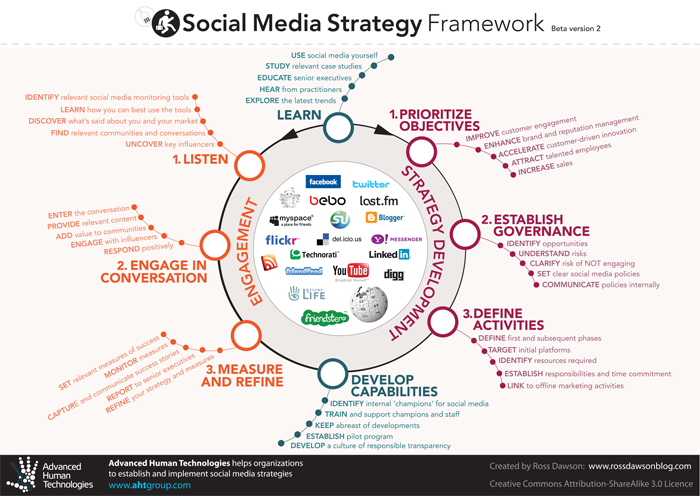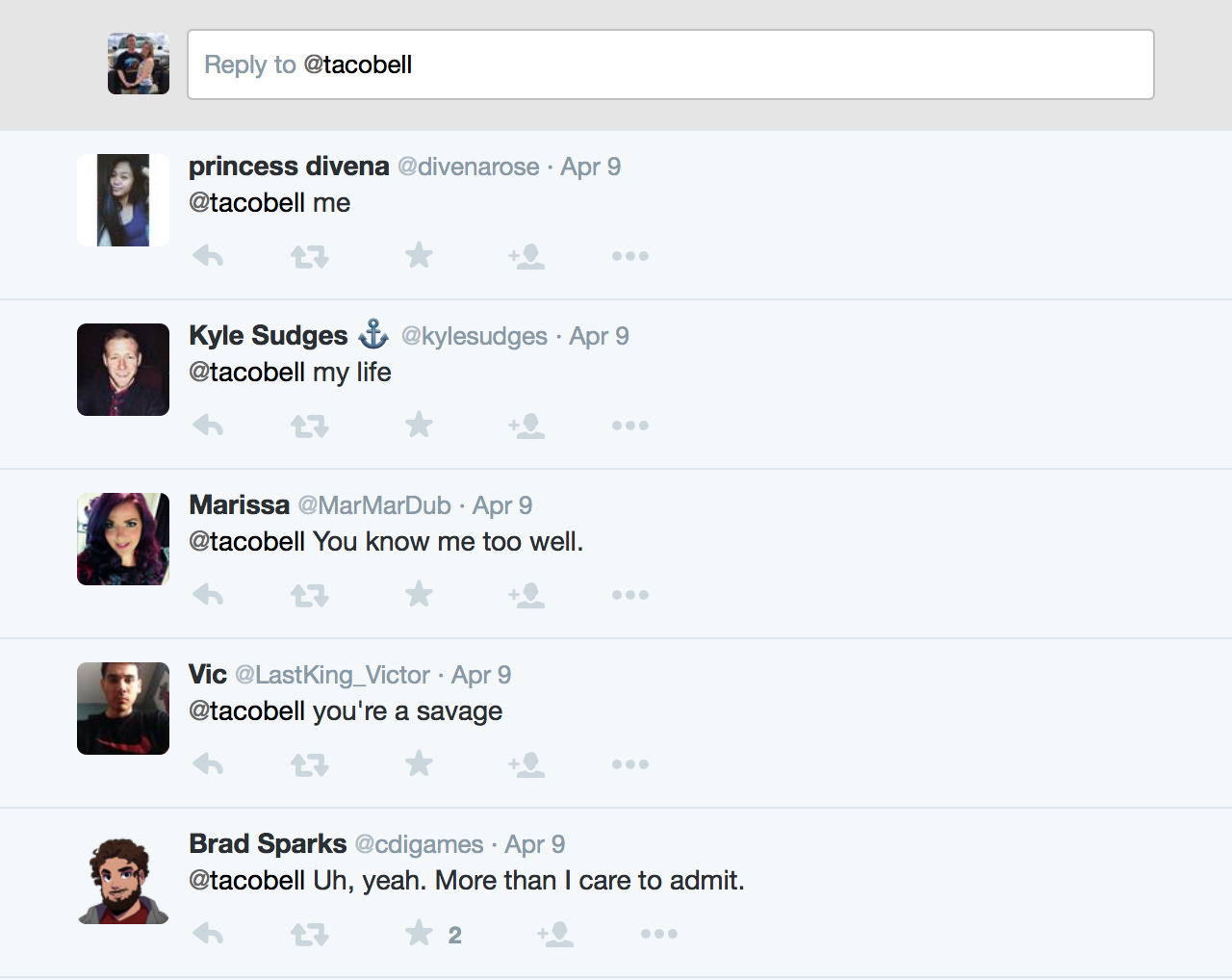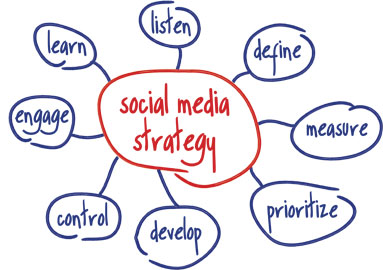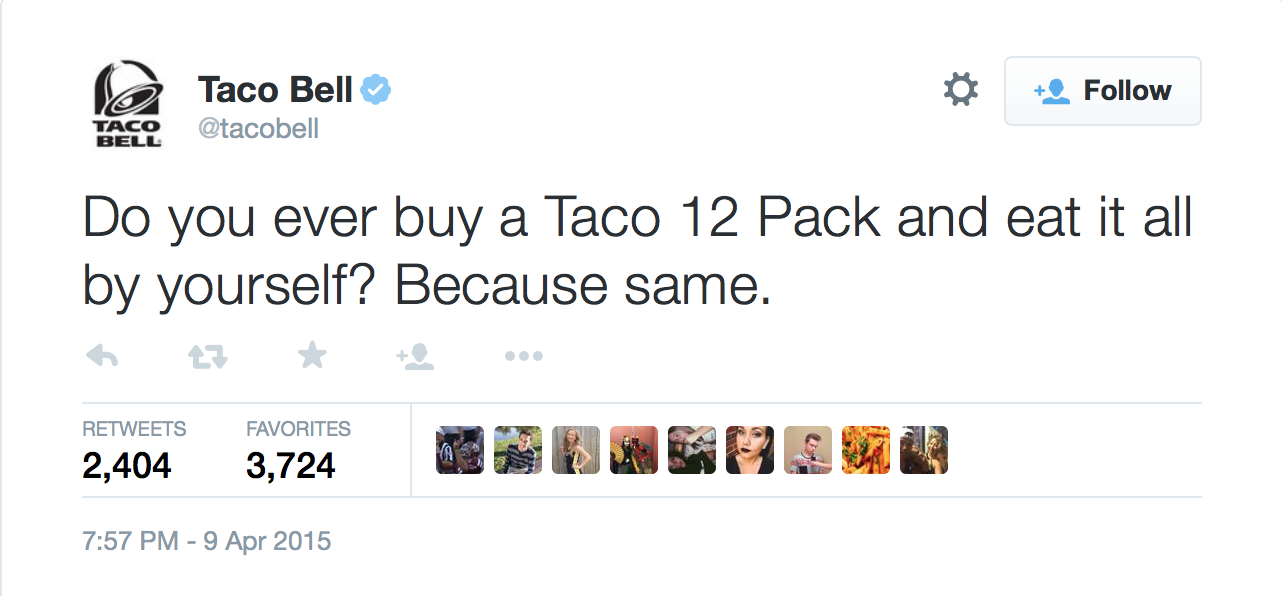By Valerie Wiebmer (@valeriewiebmer)
To Plan. Planning and organization are key in many different aspects of life, especially in the business environment, and can often be the deciding factor between success and failure. One of the main reasons people, and more commonly businesses, are scrutinized for failing on social media is because they posted something without thinking in the heat of a moment.
Think about a time you’ve ever been in a disagreement or an argument with a loved one, and think about the worst thing you have ever said. Did you think hard about it before you said it, or did you blurt it out because you were upset or feeling attacked or backed into a corner? I’m willing to bet it was the latter. The reason almost all arguments end badly is because they are never planned; arguments are based on emotion and spontaneous reactions, and often people find themselves grasping at anything to say to allow them to have the last word.
Often, the same thing can happen when companies try to use social media for their benefit, and for this reason, it is absolutely key that businesses form plans before they attempt to conquer any and/or all social media platforms. While many businesses think they can jump right into the social media world by creating a Facebook page and moving forward from there, a Schaefer Marketing Solutions article sets the record straight. The most important first step to developing a social media strategy is to simply have a marketing strategy in the first place.
The article continues on to discuss several steps on how to successfully exist on social media, but most importantly, it portrays the importance of having a plan at all. Whether your business agrees or disagrees with the steps outlined in the article, it can clearly be seen the importance of having any plan at all. Organizing steps to follow gives your business a better idea of where they are and where they want to go in regards to their existence on social media.
 Above is an image that suggests a different strategy for success on social media interactions. While the steps differ, once again, the significance is in the mere presence of steps. Both the article and the image suggest that businesses set and follow certain rules so as not to cause a crisis. When businesses organize a strategy and goals, they are more likely to succeed on social media. Creating a plan gives them something to look to when wanting to post or interact with consumers, and decreases the chance that an employee will panic and say something rash without thinking. Just like you would have a better chance winning an argument if you had a plan for a reaction to every scenario, a business will have a better chance of conquering its choice of social media platform if it forms a strategy and a plan for every scenario.
Above is an image that suggests a different strategy for success on social media interactions. While the steps differ, once again, the significance is in the mere presence of steps. Both the article and the image suggest that businesses set and follow certain rules so as not to cause a crisis. When businesses organize a strategy and goals, they are more likely to succeed on social media. Creating a plan gives them something to look to when wanting to post or interact with consumers, and decreases the chance that an employee will panic and say something rash without thinking. Just like you would have a better chance winning an argument if you had a plan for a reaction to every scenario, a business will have a better chance of conquering its choice of social media platform if it forms a strategy and a plan for every scenario.
Once you understand the importance of a plan, it is key that you understand the importance of making sure that plan fits your business. The main reason there are so many different articles regarding the steps to make a social media plan is because each business is unique, and therefore each will have its own unique strategy.
A Tweak Your Biz article explains that the key step to even coming up with a social media strategy is making sure any idea aligns with your business. A social media plan should have similar goals to that of the business’s regular objectives; in other words, a business’s social media presence should mimic the reputation that they already have out in the real world. Businesses need to understand how customers want them to interact on social media and align those needs with their own goals for success. For example, spokesperson videos might be useful for a law firm looking to demonstrate both their services and professional sincerity, but might not be so good for, say, an influencer looking to promote their blog.
At this point, you might be feeling confused and unsure of how to meet those criteria. If that is the case, then you might want to consider contacting some experts in this field for some help and advice. You can click here to see how a PR agency could help, for example. A little bit of guidance may be all you need to set you on the right path for a successful social media strategy.
A great example of a company aligning their business objectives with their social media presence is that of Taco Bell. Taco Bell is a business that primarily targets teenagers and young adults by referring to their love of fast food and its convenience at any and all times of day. With their target demographic being young, Taco Bell portrays the same youth in their social media interactions. Their posts are playful and most often written in the same tone as a post that would come straight from a twenty something’s twitter.
 Young adults see Taco Bell as a role model, which is crazy then you think about the fact that it is a company. But they way Taco Bell interacts on social media positions them to seem more like a relatable friend, and this plays into their business objective to be the friend there for you late at night when you need a snack. Taco Bell’s social media is a success because they made a plan to interact with their consumers in the same way they target them with regular advertisements. They are a perfect example of how successful social media can be if a plan is made.
Young adults see Taco Bell as a role model, which is crazy then you think about the fact that it is a company. But they way Taco Bell interacts on social media positions them to seem more like a relatable friend, and this plays into their business objective to be the friend there for you late at night when you need a snack. Taco Bell’s social media is a success because they made a plan to interact with their consumers in the same way they target them with regular advertisements. They are a perfect example of how successful social media can be if a plan is made.
Of course, social media can be intimidating to businesses when they first try to make a name for themselves on any platform. But just like anything, planning for success is often the key to it. While it may not be possible to plan out all the points you’ll make in your next argument, or how to react to every counterpoint, it is both possible and advisable to do so before you try to take on the world of social media for your business.





Valerie – I love your discussion of Taco Bell on Twitter because I also believe that they run circles around their competition just because of how they interact with their consumers. Although planning is important, what makes Taco Bell’s social media presence special is their ability to react to trends and conversations that are quickly happening. Planning and having a strategy is definitely key to success on social media, but also being able to interact in real time and reply to fans is a great way for businesses to improve their online presence.
I also think your discussion of Taco Bell here is extremely relevant and makes a good point. I think that their audience engagement, even from the small sample you provided above, is a good indication of how well they’ve connected with their targeted age groups/audiences. Taco Bell clearly plans and has an effective strategy tot what they’re doing. Have you noticed if they completed any campaigns other specific strategies to reach/engage their audience more?
I think bringing up the point of Taco Bell is a great way to show a real world example of this being done right. I certainly agree that they have aligned their objectives with their audiences, and seem to usually do it flawlessly. Sharing content that a target audience wants to engage with is critical for businesses.
I have no doubt that Taco Bell has planned these strategies out, which is probably why it works so well.
You make a great point in saying that every organization is different and needs to adapt their plan to their audience. Taco Bell is a wonderful example of that. One tough situation, though, is when your audience is split in sort of a big way—meaning half of your audience is pretty different than the other half.
An example I’m thinking of is the UO Libraries (I’ve continually brought them up because I work for them). A majority of their audience is UO students, but there’s about half that is UO staff, professors, alumni, donors, and other community members. On one hand, I think it would be fun for them to play up the college student experience, like how we tend to camp out in the library for days on end during finals week. While searching mentions of the UO Libraries on social media, we found that much of it is kind of negative, but not necessarily in a way that blames the UO Libraries. Most of them are actually pretty funny. Personally, I love going on social media during finals week and seeing everyone’s hilarious posts that often include students napping on the floor of the library, or binging on their fifth cup of coffee at 3 am, and other stuff like that. From my boss’s perspective, she probably sees this as negative, and she doesn’t want the other half of our audience to get the wrong idea from it. But from a student perspective, I would love if we did something with that. The truth is, finals week sucks no matter what, and being in the library isn’t going to make it better, no matter how much they play it up. But turning the bad into something funny is often what college-aged students do today to make it more tolerable.
Sorry, that was a long example. But I would love to know people’s opinions on it. I’ve been trying to think of some ideas for fun campaigns and things for them, but this has been my main roadblock—we have to do things that both students and donors/staff will appreciate. We’ve had some good ones lately, but nothing particularly entertaining. And overall they haven’t been too successful in gaining more followers. That’s why I would like to do something a little different that caters more to students.
Clarification: When I said that much of the UO Libraries mentions on social media were negative, I meant only the mentions by students.
Also, an important factor in their decisions is that a HUGE part of the Libraries’ budget comes from donors. Most of the student jobs are donor funded, as well as most of the awards, events, and even research collections. Much of what the communications and marketing department (where I work) does is catered to donors—to make them feel good about their donation, to get them to keep donating, and to get new people to donate. Keeping students informed tends to be a second priority, despite the fact that students are much more active on social media than our donors (who tend to be retired, middle-aged alumni).